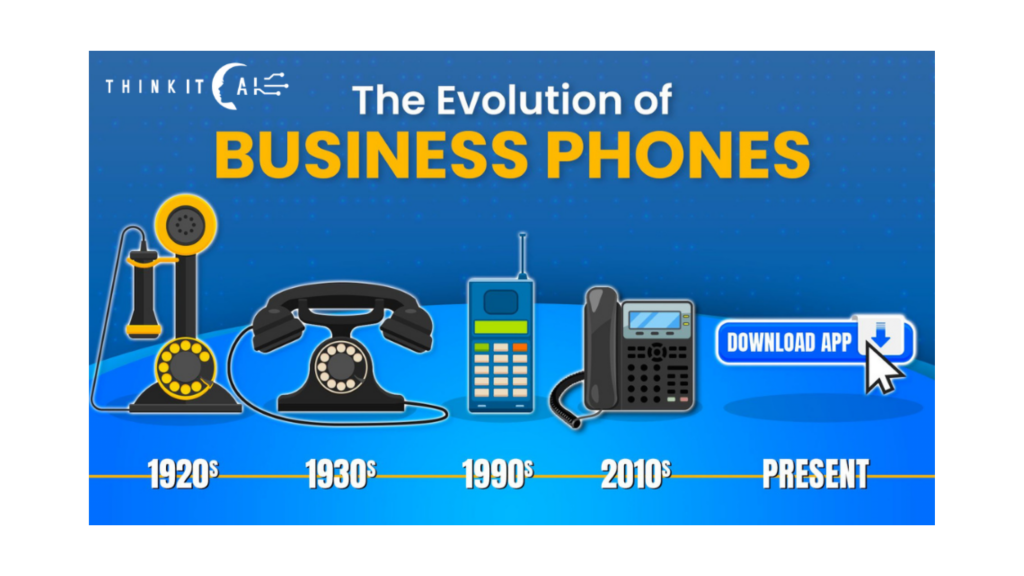Unleashing the Power of Cloud Technology: How Lawyers are Skyrocketing Their Firms to New Heights
As law firms seek to scale, innovate, and remain competitive, cloud technology is proving to be an indispensable asset. Is your law firm ready for this digital shift?
In this blog, we’ll cover the following:
- The reason law firms are embracing the cloud
- The benefits of cloud technology that are directly contributing to the scalability of law firms
- The right approach to adopting cloud technology in your law firm
- Examples of cloud-based tools already making a difference in law practices
Why Are Law Firms Embracing Cloud Technology?
The legal industry has traditionally been slower to adopt technological advancements compared to other sectors. However, with the increasing necessity for flexibility and efficiency in operations, law firms have begun to adopt cloud technology at an impressive rate.
The American Bar Association’s Legal Technology Survey Report 2022 revealed that 58% of lawyers are using cloud technology in their practices, an uptick from 55% the previous year. While still behind some industries, this indicates a clear trend towards digital transformation in the legal sector. But what’s driving this change? The answer is scalability.
The Scalability Benefits of Cloud Technology in Law Firms
Cloud technology presents numerous advantages that facilitate the scaling of law firms, including:
Efficiency and Flexibility: Cloud-based platforms offer efficient and flexible solutions for document storage, collaboration, and data access, enabling law firms to adapt quickly to changing client needs and market trends.
Cost Reduction: The use of cloud technology minimizes the necessity for costly on-site servers and related maintenance, thereby reducing capital costs. There is a trade-off as the monthly investment is usually higher than maintaining an onsite server. However, very little upfront capital expense to begin.
Business Continuity: Cloud platforms offer robust backup and disaster recovery solutions, especially in the events of data loss and cyberattacks.
Client Satisfaction: Cloud technology allows for enhanced client interaction platforms, secure document sharing, and online appointment scheduling. These features significantly improve client satisfaction, aiding the firm’s expansion.
Embracing Cloud Technology: The Right Approach
Moving your law firm’s operations to the cloud is a substantial decision that requires a strategic approach. Instead of a complete overhaul, consider a gradual shift, allowing for acclimatization and minimal disruption to your current processes.
Begin by identifying your firm’s needs and areas where cloud technology can deliver significant improvements. Then, consider adopting specific cloud-based tools that align with these requirements.
Cloud-Based Tools for Law Practices
There are numerous cloud-based tools designed specifically for law firms. For example, Clio, a legal practice management software, offers solutions for case management, billing, client intake, and more. Another popular tool, NetDocuments, provides cloud-based document and email management solutions tailored for law firms.
In addition, general tools like Microsoft 365 and Dropbox are also proving useful to legal professionals, offering accessible and secure platforms for document creation, collaboration, and storage.
Working from anywhere securely is no longer a “nice to have” for law firms around the world.
How Should Your Firm Begin?
To summarize, the adoption of cloud technology is no longer a mere option for law firms, but rather a strategic necessity for scaling operations and remaining competitive. However, transitioning to the cloud should be a calculated process, undertaken in alignment with your firm’s unique needs and strategic objectives.
For those seeking professional guidance in adopting cloud technology for their law firm, it’s important to work with an IT partner who understands the specific needs and requirements of the legal industry. Reach out today for a FREE consultation and we will help you get away from the onsite servers of the 2010’s and show you what next generation technology can do!





